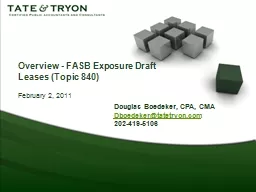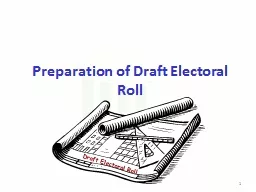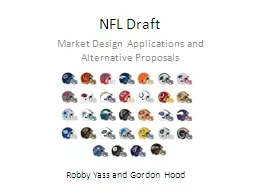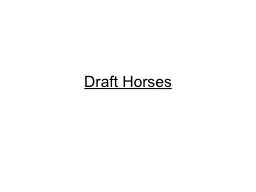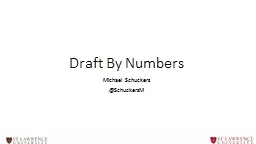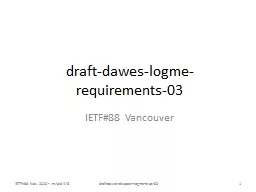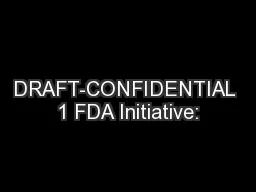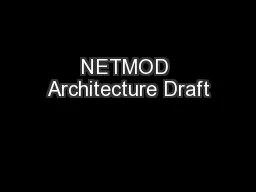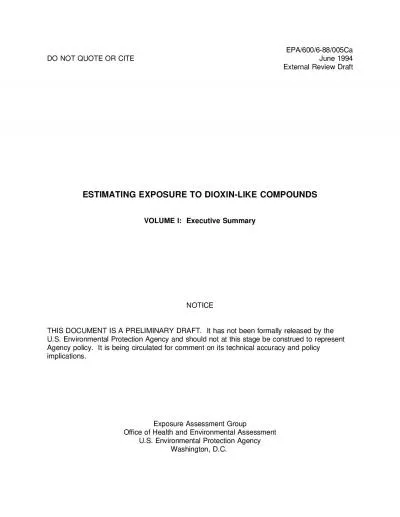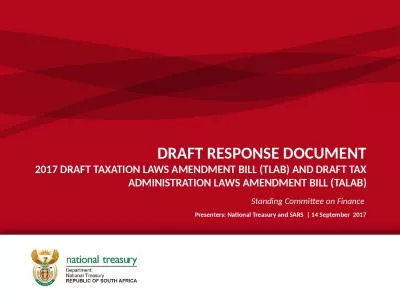PPT-Overview - FASB Exposure Draft
Author : lindy-dunigan | Published Date : 2018-03-12
Leases Topic 840 February 2 2011 Douglas Boedeker CPA CMA Dboedekertatetryoncom 2024195106 2 Course Outline Why is the exposure draft being issued FASB timeline
Presentation Embed Code
Download Presentation
Download Presentation The PPT/PDF document "Overview - FASB Exposure Draft" is the property of its rightful owner. Permission is granted to download and print the materials on this website for personal, non-commercial use only, and to display it on your personal computer provided you do not modify the materials and that you retain all copyright notices contained in the materials. By downloading content from our website, you accept the terms of this agreement.
Overview - FASB Exposure Draft: Transcript
Download Rules Of Document
"Overview - FASB Exposure Draft"The content belongs to its owner. You may download and print it for personal use, without modification, and keep all copyright notices. By downloading, you agree to these terms.
Related Documents

